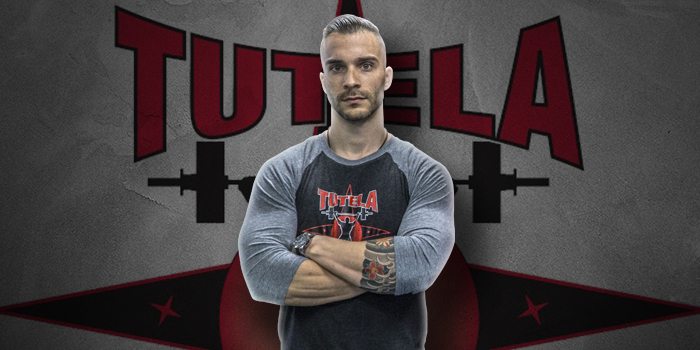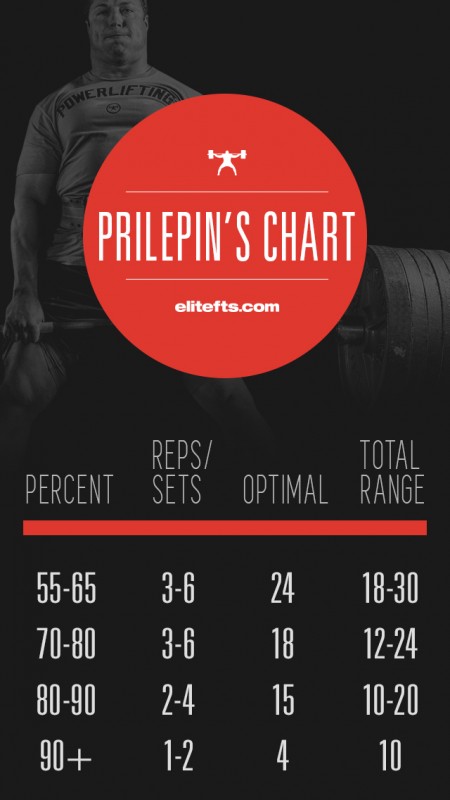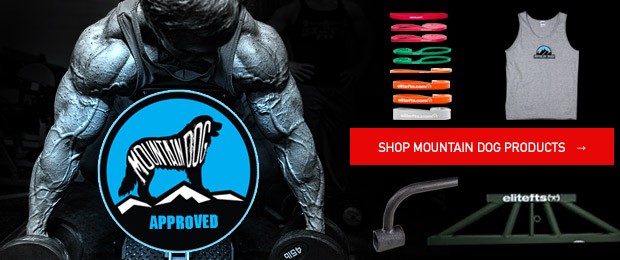
Walk into any public gym and you’ll see it over and over again: no rhyme or reason or regard to technique, and another failed lift with some of the ugliest form known to man. When someone asks for a “spot” on a bench press, they are really asking you to get some extra bicep work in and reverse curl the bar off their chest for a set of 10.
There is no wonder why such little progress is made for most public gym-goers. Not only is there no plan in place, but there is also no consideration for their weight selection. Just a quick, “Ah, throw the 25’s on” when in reality they should be taking about 60 pounds off. And there is one common theme amongst lifters, which continues to destroy their progress. That is…
The ego!
Your ego can cause you to do a lot of stupid shit. Going too heavy on an exercise is one of them. Checking your ego at the door is one of the best things you can do to produce results. Allow yourself to train with a weight you can handle for the prescribed rep range and watch your results skyrocket. Understand that there is a huge difference between working hard and struggling to survive with a weight you cannot handle. Pretending you can handle a particular load is only falsely feeding your ego, and that is a sure way to, at best, remain stagnant with your training or, at worst, get injured.
RECENT: Adversity Is A Blessing
And today I want to show you four key components to packing on more muscle and getting stronger than ever by actually backing off the weight. This guide can be used as a step-by-step process to help you maximize your gains in the gym. Check it out!
Step 1: Learn proper movement patterns from a qualified coach.
The first step is learning proper movement patterns. Most pay no mind to setting up for their lifts and have no clue what full range of motion (ROM) is. As a result, many people go way too heavy because they don’t understand how to go through a full range of motion on an exercise. This leads to piss poor technique and a working load that is way beyond the lifter’s capabilities. The mere thought of guys who train at a public gym and tell me they squat 595 pounds makes me cringe because I know they’re lucky if they are squatting 275 pounds to full depth. Learning proper technique and ROM from a qualified coach will help you understand that you ain’t really as strong as you think, which in turn will lead to a wiser weight selection — and, ironically, more strength and muscle.
Step 2: Find your max and use percentages.
After you work with a qualified coach and learn to move properly, it’s important to find your max on the big lifts. That is, of course, after you have “earned the right”, as Joe DeFranco and Jim Smith would say, to bench, squat and deadlift. That means you will have developed weak areas, learned to breathe properly, developed stability and mobility, and learned to activate specific musculature on specific lifts in order to do them safely. Once all of that is addressed, and assuming you are healthy enough to perform these movements, you can then work up to a five-rep max on the bench, squat and deadlift. I recommend a five-rep max (5RM) since it is much safer than working up to a one-rep max (1RM) for most people. For most of the general population, I just don’t see a need to work up to a one-rep max unless you are a competitive lifter. Once your max is recorded you can use percentages for your weight selections on your big lifts. Check out Prilepin’s chart below to see how you can determine your working weight for specific rep ranges.
There are plenty of charts you can use out there to help you convert a 5RM to a 1RM for the sake of using Prilepin’s Chart, although they are not always 100% accurate. Using a chart will at least give you an idea of a good estimate of where you are.
Step 3: Warm up for exercises and choose a weight that you can do about two reps more with than the prescribed rep range.
Using a weight that is too heavy is an all too common theme for accessory work as well. If you aren’t doing an exercise where you can use a percentage, for instance, a flat bench dumbbell press, stick to this guideline: choose a weight that you can do approximately two more reps with than the prescribed rep range. So if you are doing a set of eight 10 reps, start off by choosing a weight that you can perform 12 reps with. Doing so will leave you room to make progressions over the course of your training cycle. If you are going for a set of eight to 10 reps but can only get six ugly reps on your first set...well, you just blew your load way too early. Lord knows none of us want that! Trust me, backing the weight down will help develop more muscle and add more strength over the long haul. Warming up on almost every weighted exercise you do throughout your training session is essential. It will help keep you healthy, put you in a stronger state, and help you select a proper weight for your working sets on your accessory work. Be sure to take a few quick warm-up sets, but don’t fry yourself out. Start off with about six reps with a light weight, and as you move up in weight you can back down the reps on your warm-ups, finishing with a weight slightly lighter than your working weight for a single.
Step 4: Keep a training journal and use progressive overload.
Progressive overload is your key to training success. However, if you don’t know what weight you used on a particular exercise or how many reps you got, how the hell can you expect to progress? You can’t!
Keeping a training log is the only way you can apply the progressive overload principle, which is increasing weight or reps each week. A training log also gives you the chance to look back and see the progress you have made over time. That alone can help with your progress since you’ll be excited to see how far you’ve come. This may seem overly simple, but it is necessary for your progress. Do yourself a favor and grab a notebook for 99 cents and write everything down!
Combining everything I just mentioned will help drop your ego and lead to much greater results. So fight the urge to impress the hot chick in the yoga pants and back that damn weight down! Because missing a lift ain’t impressing anybody.
I really hope that this article helps you see the importance of proper technique and using a weight that you can handle. A workload that is out of your reach at the moment will never add muscle or strength. Take advantage of a tolerable weight selection and watch yourself get bigger and stronger in less time.
As always, guys, feel free to shoot me an email at info@tutelatraining.com if there is anything I can help you with!












2 Comments